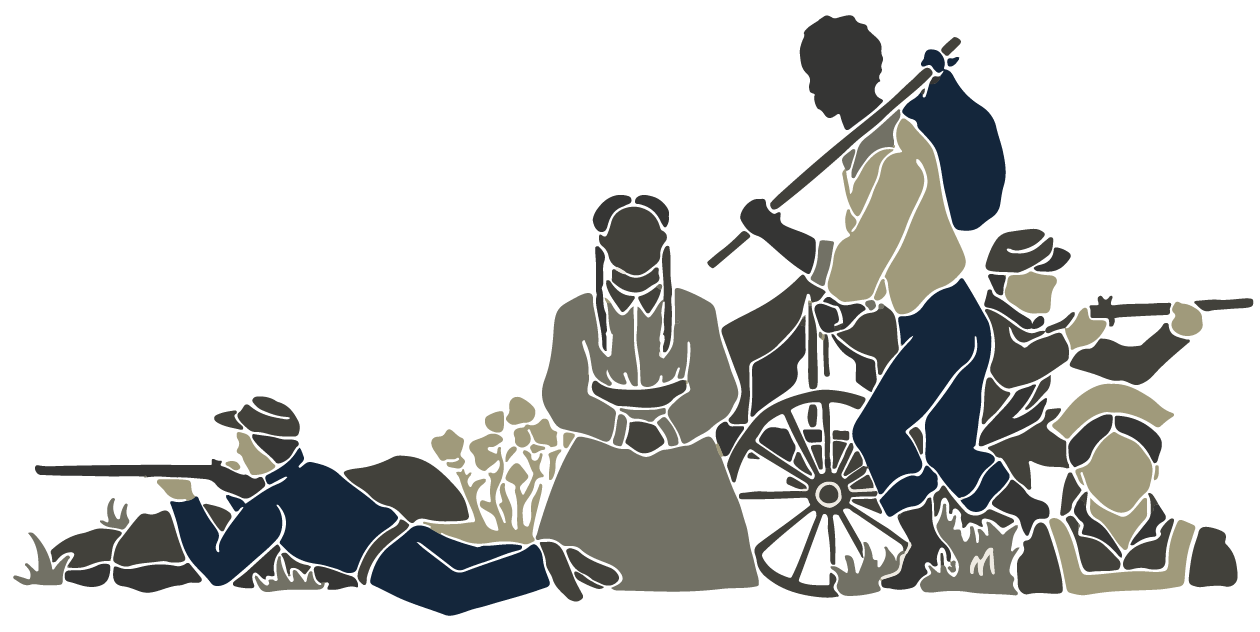7.3/10
82%
The Red Badge of Courage is based on the novel of the same name. The film tells the story of a Union soldier who is thrust into battle without proper preparation. He initially flees from the battle but desires to redeem himself and prove his courage.
The director, John Huston, used the film noir style that was popular at the time. In the post-World War II era, United States citizens were interested in reexamining their understanding of war and conflict. The issues of courage and desertion also reflect the era’s gendered values and definition of what it meant to be a brave, male soldier.
The film received modest acclaim and has been remembered as one of the first films seeking to show the experience of a Union soldier in the Civil War. While some film critics were unhappy with the muted display of war and battle, others found it to be a faithful adaptation of the novel.
FURTHER READING
Books
Stephen Crane, The Red Badge of Courage, Cambridge: W.W. Norton & Company, 1999.
Lillian Ross, Picture, Cambridge: Da Capo Press, 1951.
Lee Clark Mitchell, New Essays on the Red Badge of Courage, New York: Cambridge University Press, 1986.
Articles
Joseph Meyer, “Henry’s Quest for Narrative in ‘The Red Badge of Courage,’” The Midwest Quarterly 59, no. 1 (Autumn 2017).
Brian Croxall, “‘Becoming Another Thing:’ Traumatic and Technological Transformation in The Red Badge of Courage,” American Imago 72, no. 1, (Spring 2015).
Film Reviews
Bosley Crowther, “The Screen in Review; ‘Red Badge of Courage’ Based on Stephen Crane’s Novel, at Trans-Lux 52nd Street,” The New York Times, October 19, 1951.
Lillian Ross, “John Huston and ‘The Red Badge of Courage,’” The New Yorker, May 24, 1952.
Return to the History of Film and the Civil War Project main page.
